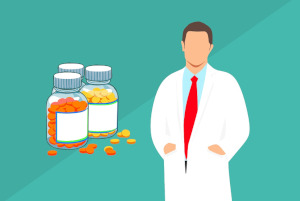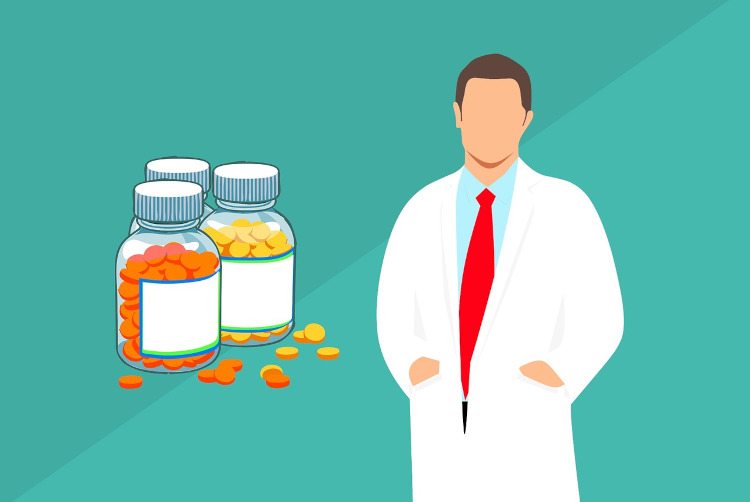 Opioid addictions can have devastating consequences—ranging from job loss, divorce, or arrest to a fatal overdose. Medication-assisted treatment with Suboxone helps people with opioid use disorders build the foundation for a lasting recovery, but it’s often misunderstood.
Opioid addictions can have devastating consequences—ranging from job loss, divorce, or arrest to a fatal overdose. Medication-assisted treatment with Suboxone helps people with opioid use disorders build the foundation for a lasting recovery, but it’s often misunderstood.
Suboxone Myths
To help you make an informed decision about the best way to proceed with your addiction treatment, the team at St. Joseph Institute for Addiction’s Pennsylvania substance abuse treatment center has prepared this post discussing some of the most common myths about Suboxone.
Myth #1: Suboxone Gets You High
Suboxone is the brand name given to a medication that includes buprenorphine and naloxone.
Suboxone comes as a thin film that is placed under the tongue or in the cheek to dissolve. When the drug is purchased as the generic buprenorphine hydrochloride/naloxone hydrochloride, it comes as sublingual tablets.
Buprenorphine is an opioid partial agonist. Naloxone blocks the effects of opioids. When these medications are taken together, they can help reduce cravings and withdrawal while lowering the risk of relapse by preventing the euphoric effects that occur when an individual takes an opioid.
Myth #2: Suboxone Is Easy to Get
Not all doctors can legally prescribe Suboxone. Physicians must complete an eight-hour class and agree to have their facilities federally inspected at any time. When they become certified to prescribe the drug, they are assigned a unique identification number that must be included on every prescription.
A doctor will need to do a full medical evaluation before determining if Suboxone is the right course of treatment for you. Suboxone is suitable for most healthy adults but not recommended for people with previous head injuries, respiratory diseases such as COPD or asthma, or acute abdominal conditions. It can also interact with certain medications.
Myth #3: It’s a Quick Fix
Suboxone won’t “cure” opioid addiction. It’s intended to be used as part of a comprehensive treatment program that includes counseling and resources that address the underlying causes of a person’s addiction—such as chronic pain or the effects of past trauma.
When used as directed, suboxone treatment has a success rate of 40% to 60%. This is significantly higher than the under 25% success rate for individuals attempting to quit cold turkey, but it’s far from being a shortcut to success.
Myth #4: Medication-Assisted Treatment Is Just Swapping One Addiction for Another
A person can be physically dependent on Suboxone, but this does not necessarily mean they’ve developed a new addiction. Physical dependence can occur when a drug is taken exactly as prescribed. It simply means a person requires the substance to function normally and will experience withdrawal symptoms if the medication is discontinued. People who are taking Suboxone for an extended period of time address the effects of physical dependence by tapering their dose until treatment is successfully completed.
Suboxone is much less likely to be abused or to cause an overdose than methadone, heroin, or other opioids. The risk of misuse is lowest when the person in treatment has a strong support system of family and friends, is actively attending a 12-Step support group, and is being closely monitored by their care provider.
Medication-assisted treatment is approved by the Federal Drug Administration (FDA) and recommended as a first-line treatment by the Centers for Disease Control (CDC). It’s also been endorsed by the American Medical Association, the American Academy of Addiction Psychiatry, and the American Society of Addiction Medicine.
Myth #5: Suboxone Is Mood-Altering, So You’re Not Really Sober With Medication-Assisted Treatment
Suboxone helps people change their thinking and behavior to promote the wellness-focused lifestyle that is necessary for a lasting recovery. While it could be considered mood-altering, this isn’t any different than using an antidepressant or antianxiety medication to address the mental health symptoms that may have caused a person to turn to drugs and alcohol for comfort.
It’s also worth pointing out that caffeine and sugar are both mood-altering substances, yet no one will shame you for enjoying a cup of coffee and a donut at your NA meeting. If you’ve discussed the issue with your treatment team and you believe Suboxone has a place in your recovery toolbox, there’s absolutely no need to feel guilty about this approach to building a brighter future for yourself.
To learn more about our addiction rehab near State College, PA, and our programs, please contact us at (814) 228-8881.


